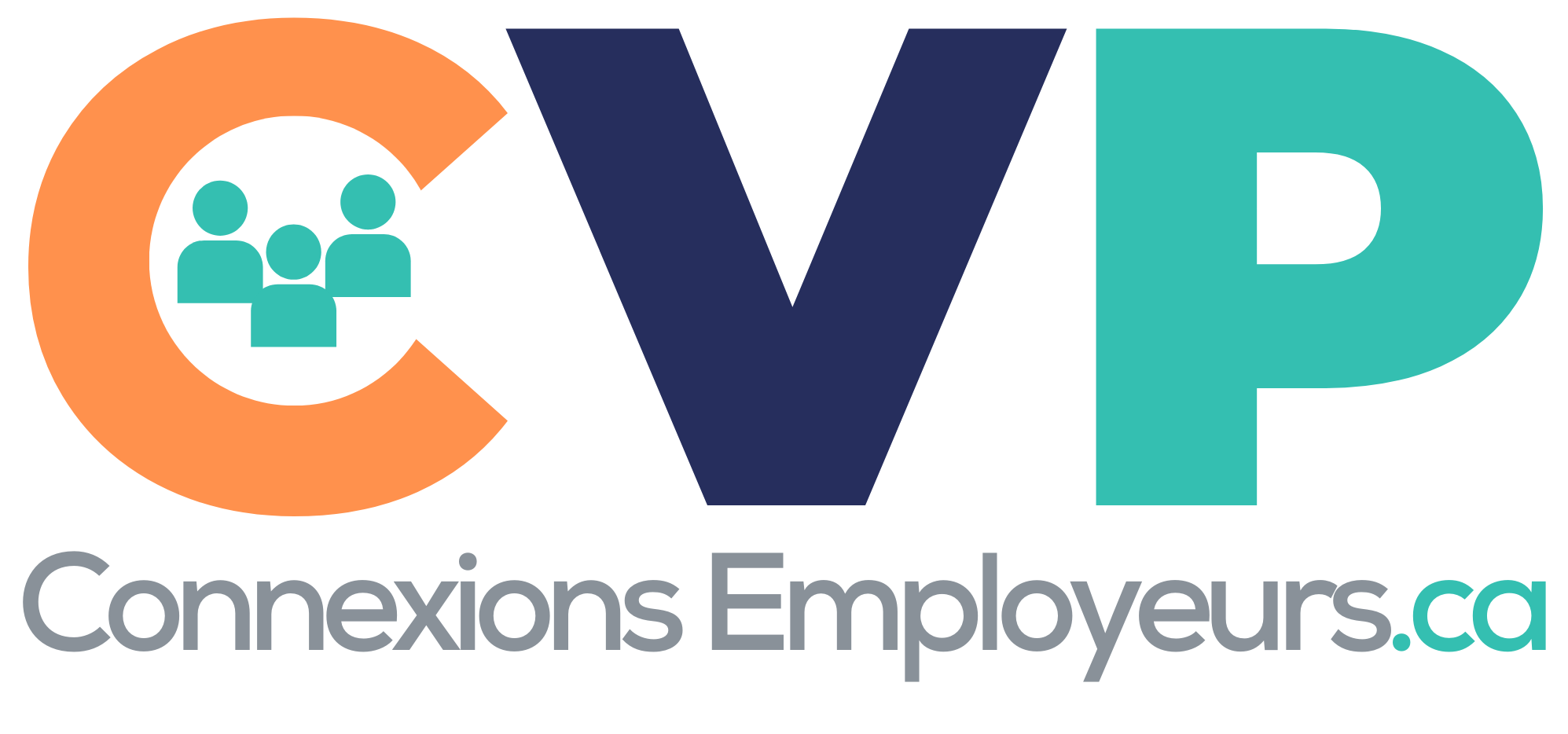Workforce development programs need to adapt to help newcomers succeed

In the third quarter of 2022, there were nearly one million job vacancies in Canada. To address the growing rate of unemployment, and slow population growth rates, the Government of Canada plans to welcome 465,000 permanent residents in 2023, 485,000 in 2024 and 500,000 in 2025. This ambitious plan aims to boost Canada’s workforce and drive economic prosperity. However, for it to be successful, workforce development programs must concentrate on the successful integration of newcomers into the Canadian workforce.
Navigating the current landscape
The challenge lies not in a shortage of skilled immigrants, but in labour market challenges that prevent newcomers from successfully integrating into the economy. A 2017 Conference Board report underscores the staggering impact of underemployment, costing immigrants up to $12.7 billion in wages each year. Scotiabank research (2022) finds that two-thirds of newly arrived immigrants hold university degrees, but their potential is unrealized in positions that do not leverage their expertise and education.
Despite the impressive accreditation and experience newcomers bring, their lack of Canadian education and experience often leaves them unable to secure a job in their field. As identified by the Panel on Employment Challenges of New Canadians, the biggest barriers faced by immigrants were:
- lack of or difficulty obtaining Canadian work experience;
- difficulty getting their foreign experience and education recognized; and
- perceived employer bias against hiring immigrants.
Other issues included a lack of social and professional networks, and challenges related to cultural adaptation.
“The challenge lies not in a shortage of skilled immigrants, but in labour market challenges that prevent newcomers from successfully integrating into the economy.”
While newcomers bring skills, experiences and perspectives that could greatly benefit Canada’s work landscape, and contribute to a more equitable and diverse workforce, these challenges need to be addressed for Canada’s immigration efforts to help combat the labour shortage successfully.
3 imperatives to reshape workforce development programs for newcomers
Workforce development programs can play a crucial role in the integration of Canadian newcomers. These programs are designed to provide targeted support, training and resources to jobseekers, and can be a great resource for Canadian newcomers. However, a special approach to workforce development is required to adapt programs toward the needs of immigrants.
1. Amplifying professional development for newcomers
As many immigrants come to Canada with impressive degrees and experience, a critical facet that workforce development programs can offer is insight into Canadian workplace norms and expectations. Workshops that focus on professional development, covering topics such as professional communication, interview skills, resume crafting and personal branding, empower Canadian newcomers to articulate their transferable skills and demonstrate the value of their existing experiences.
Tailoring professional development programs to the needs of immigrants can further facilitate their integration into the Canadian workforce. Recently, NPower Canada partnered with the Immigrant Employment Council of BC to deliver their ASCEND program to NPower Canada’s newcomer alumni. The ASCEND program narrows in on what Canadian employers really expect from their hires. By tailoring professional development to the unique needs of newcomers, NPower Canada alumni can more seamlessly integrate into the Canadian workforce.
Pour lire la suite de l’article, cliquez ici.
Source: CareerWise by CERIC, Julia Blackburn, 18 octobre 2023


Réponses